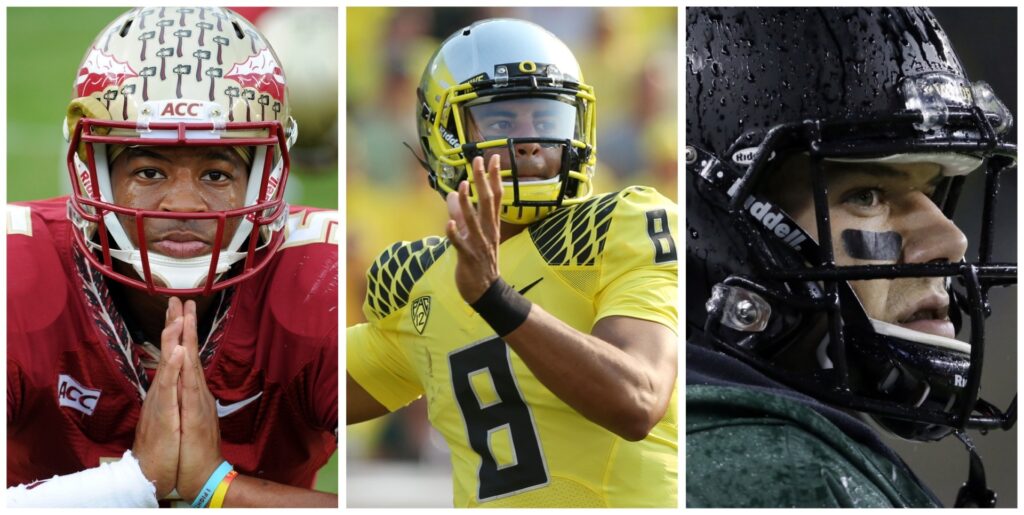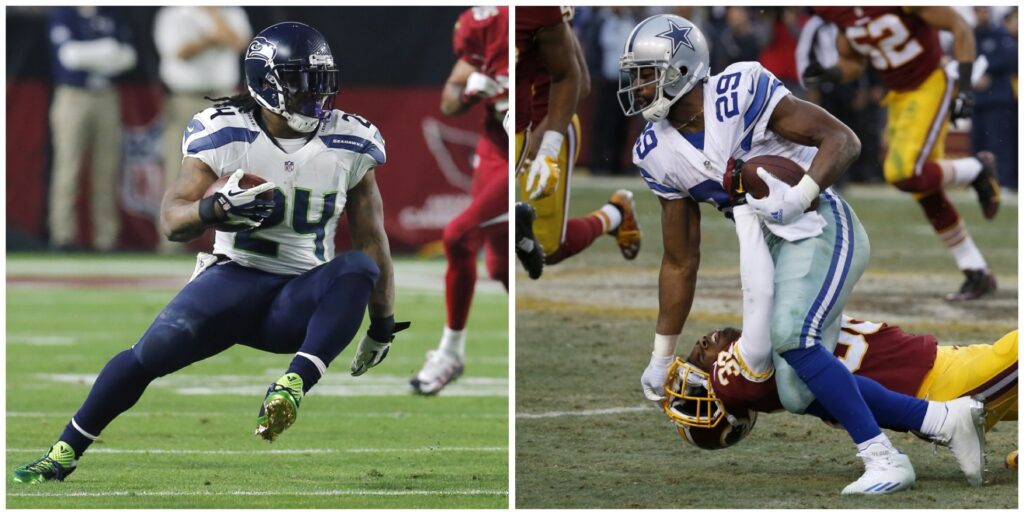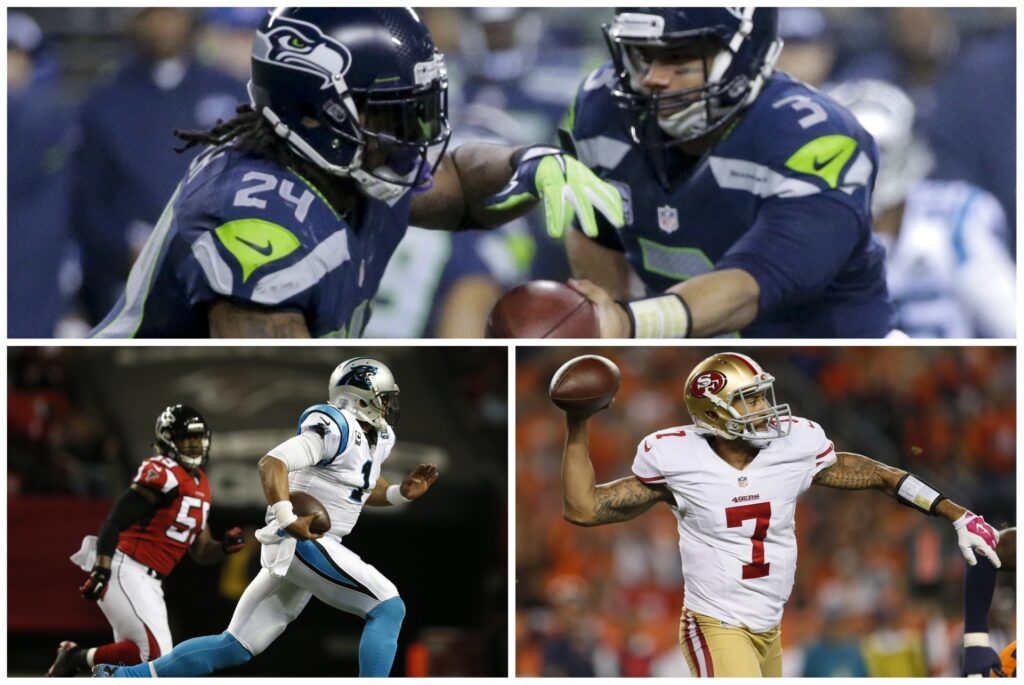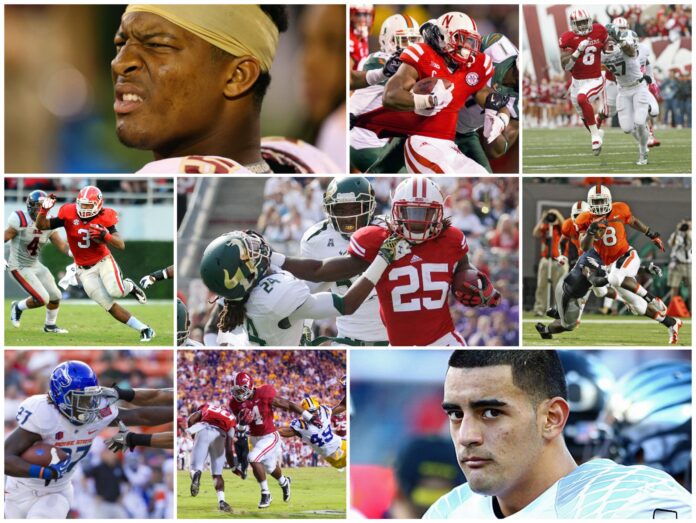Deep Class of Runners, Shallow Class of Throwers Highlights ’15 Combine.
We’re coming off an exhilarating Super Bowl, where one of the greatest quarterbacks in history orchestrated a remarkable second half, dissecting a top-tier NFL defense.
As we approach the NFL offseason showcase, team executives will invariably pose this question:
How can I acquire a player like that? Traditional pocket passers who can command the entire game are becoming increasingly rare in professional sports.
This year’s crop of NFL quarterbacks is reminiscent of the 2013 draft class when the top quarterback prospects included Geno Smith, Matt Barkley, and EJ Manuel.
Marcus Mariota possesses undeniable talent, and he’s a player many are rooting for to succeed.
However, predicting the kind of player he will become at the NFL level is a genuine challenge because the demands of this new role differ significantly from his college experience.
Similar uncertainties surround Bryce Petty and his prospects in the professional ranks. Jameis Winston has garnered attention primarily due to his experience in pocket passing, even though an increasing number of interceptions marked his college career.
Trying to generate excitement solely because you desire a pocket quarterback is misguided.

It might be an enormous stroke of luck. Still, at a juncture when many of the NFL’s premier quarterbacks are closer to the twilight of their careers than the dawn, and the college football scene appears to struggle to produce replacements, the roster of collegiate running backs stands out with its exceptional talent and depth.
Melvin Gordon, Todd Gurley, Ameer Abdullah, Jay Ajayi, Tevin Coleman, TJ Yeldon, Duke Johnson, and many others collectively form a group of NFL-ready running backs, possibly one of the most impressive in recent memory.
A fortunate team will secure a valuable opportunity for a cost-effective four-year period to nurture this run-first approach.
Over recent years, the NFL has witnessed a devaluation of the running back position. The second round of the NFL draft has assumed the role of the new first round for highly skilled runners, while teams have been reluctant to offer substantial free-agent contracts to running backs.
Generous compensation is readily accessible for fairly average passers and receivers, but it’s a much more challenging proposition for more talented running backs. This lesson is being learned by players like Marshawn Lynch and DeMarco Murray.

However, just because organizations seem determined to follow this path doesn’t necessarily mean they are right.
It’s reminiscent of the 2014 trend of moving toward tall and lean defensive backs, hoping to find more players like Richard Sherman and Kam Chancellor.
The reality is that such players are a rare commodity, emulating your secondary after Seattle’s like searching for the next Tom Brady or Peyton Manning.
There are still only a handful of elite quarterbacks in football. The vast middle tier of quarterbacks often requires running solid games to compensate for their limitations. This fundamental truth is unlikely to change.
The departures of Peyton Manning, Tom Brady, and Aaron Rodgers from the NFL are looming on the horizon.
Organizations that shift away from building their teams around quarterbacks with disproportionately high salary allocations and adopt a more balanced approach will position themselves ahead of the curve in future years.
While it was exciting to witness the promise shown by young passer Teddy Bridgewater in 2014, the most noticeable change in the Viking offense compared to previous seasons came with the loss of Adrian Peterson.
Cam Newton, Russell Wilson, and Colin Kaepernick are undoubtedly thrilling and capable of the occasional big passing play.
However, after several seasons, it has become abundantly clear that they all must operate within run-first offensive schemes.
Pairing quarterback competence with supremely talented runners is the new winning formula, awaiting forward-thinking NFL executives to embrace it.

The current class of college running backs should catalyze this realization, as there are notably more runners capable of unequivocally altering the fortunes of an NFL offense than there are passers who can achieve the same effect.
Given that it remains a buyer’s market, a fortunate team will seize a valuable opportunity for a cost-effective four-year window to nurture this philosophy.
While it’s often referred to as a “throwing league” for just a handful of NFL teams, the rest must align with the trend and revitalize their running games. This year’s Combine offers the ideal occasion to formally initiate the evaluation process along this path.

